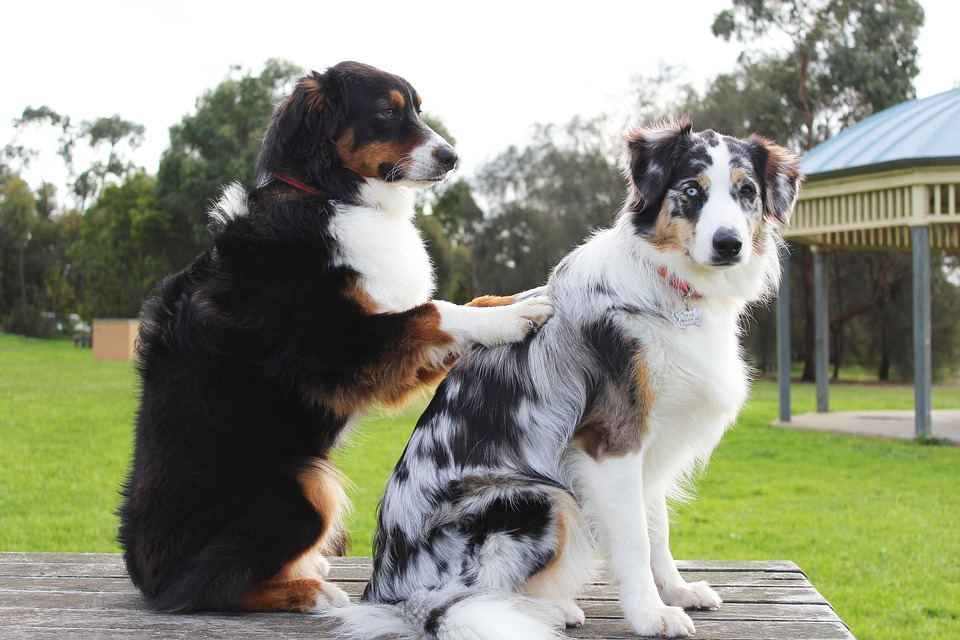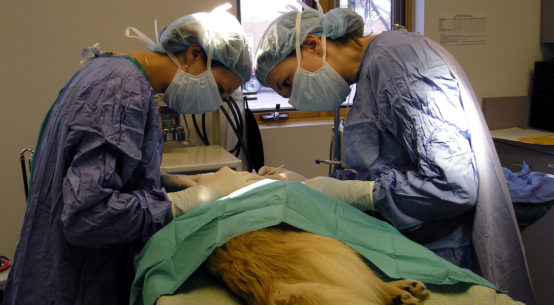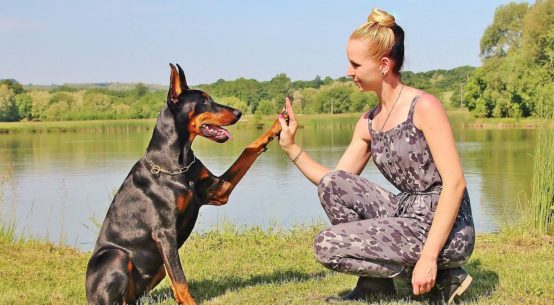
Animal massage therapists are skilled animal health professionals with experience in manipulating muscles and soft body tissues to alleviate pain and promote mobility.
Duties
Animal massage therapists utilize a variety of strokes and techniques to treat their patients, many of which are the common to both human and animal massage therapy.
The therapist starts by completing a thorough assessment of the case (by discussing the situation with the owner and by conducting a hands-on evaluation of the animal). This analysis allows them to develop a treatment plan to deliver the desired outcome, whether that goal relates to relaxing the muscles, enhancing the range of motion, stimulating circulation, reducing stress, or other goals. The therapist may also consult with a veterinarian as a part of a comprehensive treatment plan, or refer a patient to a veterinarian for further evaluation and treatment.
After a treatment session, the animal massage therapist must evaluate the animal’s gait and movement to ensure that the treatment plan is working. A detailed record should be kept for each patient noting successful and unsuccessful elements of the treatment plan. Therapists should also be prepared to work with the animal’s owner to coordinate at-home care and follow up treatments if necessary.
Employment Options
Most animal massage therapists work with either dogs or horses, and though some work with both or with other species.
Most animal massage therapists are independent contractors who travel to provide at-home services to their clients. There also may be opportunities for employment (full or part time) with vet clinics, grooming salons, or large pet stores.
Individuals with the proper training in human massage therapy may choose to expand their business model to include animal massage therapy as a side business.
Certification and Training
Animal massage therapists need to have an excellent knowledge of animal anatomy and physiology (especially with regard to the muscle groups), as well as animal behavior. A formal university degree is not necessary to work in this field, but there are many different certification programs to choose from that can enhance a therapist’s credentials. (Some states even require completion of a certification program before allowing a therapist to practice their trade—be sure to check with veterinary and health boards to determine the requirements in your area).
Equissage is a very popular program for both equine and canine massage therapy certification (and a dual program covering both species is also available). The program offers at-home study courses that culminate with a written exam and a DVD demonstration of the candidate’s skills. Equissage boasts more than 10,000 graduates to date.
The Tellington TTouch certification program for dogs and cats is another well known option. The program includes six sessions that are completed over a two to three year period (five to six days of residency and practical training for each of the six sessions). An equine program is also available.
The Northwest School of Animal Massage also offers large and small animal massage certification programs with sub-specialties of maintenance, performance, or rehabilitation. The programs consist of at-home distance learning courses followed by 5 days of intensive on-site training classes.
The National Board of Certification for Animal Acupressure & Massage (NBCAAM) offers a national professional exam for animal massage therapists. Candidates for certification must have completed at least 200 hours of education in an animal massage school. The exam itself is presented in multiple choice format.
Salary Range
An animal massage therapist’s salary can vary depending on the practitioner’s level of experience, professional certifications, geographic area, and the size of their client base. Therapists must also take into consideration travel costs if they visit clients at home.
Equissage documents claim that certified canine massage graduates can expect to earn $40 to $70 per session (with sessions running 40 to 50 minutes). The Northwest School of Animal Massage agrees, publishing a similar quote for small animal massage therapists ($45 to $75 per session). Both schools indicate that equine sports massage therapists can expect to earn $50 to $100 per session.
Job Prospects
The Bureau of Labor Statistics (BLS) reports that job prospects for those involved in the massage therapy field will grow at a much faster rate than the average for all professions—a very strong 22 percent from 2014 to 2024. This information is not specific to the specialty of animal massage therapy, but it does indicate a positive trend in the massage therapy field as a whole.
Massage therapy has been fairly well established as a treatment option in the equine industry for several decades, and the demand is only growing for services in the pet market. The popularity of animal massage therapy should continue to grow as owners become aware of this option and have the chance to see its effectiveness in treating their pets.
Follow Animal Career Expert on Facebook, Twitter, and Pinterest for the latest articles, photos, and news.



